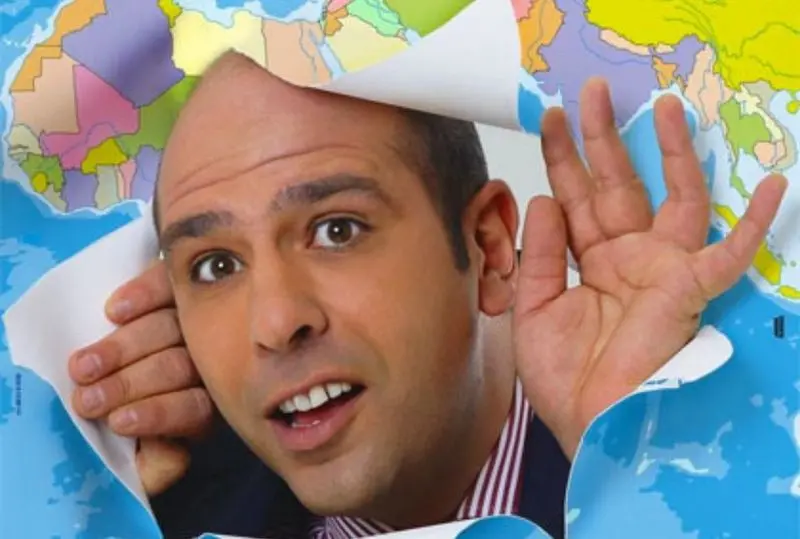Let’s go dancing in Apulia
Apulia, the motherland, is the departure and arrival point for almost all the Checco Zalone films. In his debut, Cado dalle nubi, Checco lives in the picturesque Polignano a Mare, he is in love with his long-term girlfriend and aspires to be a musician. Here we see the historical centre, the white houses clinging to a rocky cliff wall overlooking the turquoise sea and the elegant overlook of the coastal road. It is impossible not to recognise it and impossible not to feel a little regret in leaving it, when we head, with him, to Milan.
There is a fairly similar outline in Quo vado?. Here Checco has achieved his dream, a long-term “job for life” as a public servant in Conversano, a small town in the province of Bari. The Provincial Office of Hunting and Fishing where he works is in piazza XX Settembre (the offices of the real local council) which is situated opposite the home where he lives with his parents. In the background of a scene on the terrace where Checco chooses pasta shapes from a case offered by his adored mother, we can make out the town clocktower. In other scenes we recognize the cylindrical tower of the Castle of Conversano and largo Cattedrale and the Castle of Marchione where Checco intends to ask Penelope to marry him. However, Fate rears its head when the provinces are abolished and a long adventure begins, which will take Checco to many stopping places and, literally, to the other side of the world.
In Che bella giornata Checco is no longer living in Apulia although he returns for a baptism. The setting is the fairytale land of Alberobello: the party, set amidst the trulli and dry stone walls typical of this part of the world, features another famous entertainer from Apulia, a resigned Caparezza, who fields requests that don’t really fit with his image as a tough, ironic rapper, and invites us to come and dance in Apulia with one of his most famous hits.


